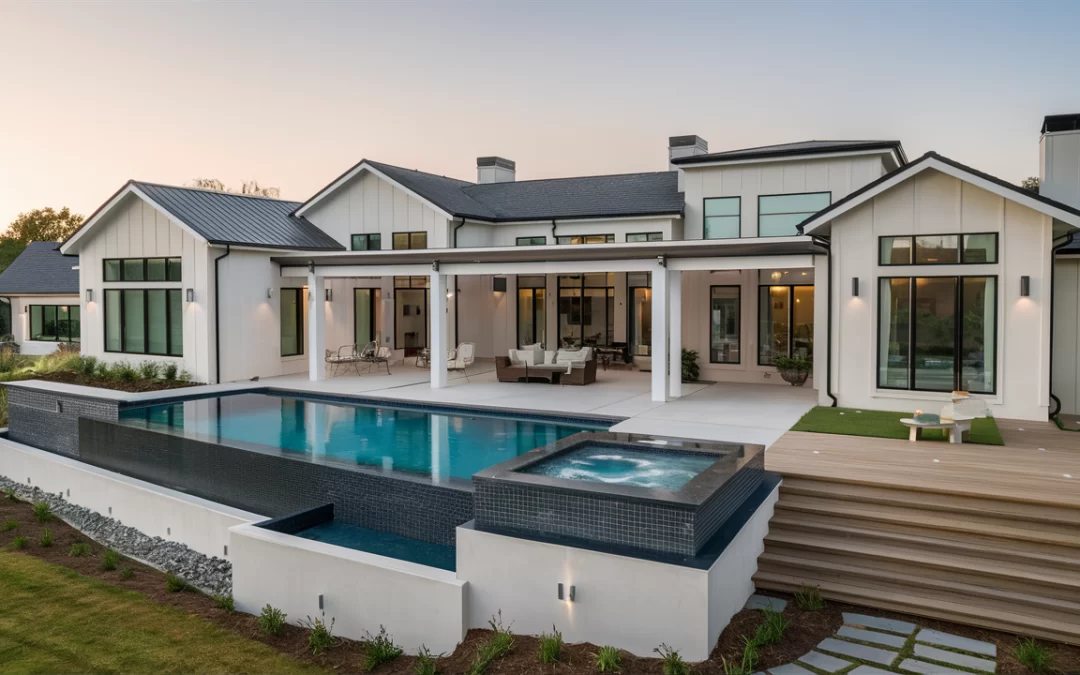
Home
Building your own home is one of the most significant investments you’ll make in your lifetime. It’s a process filled with excitement, anticipation, and a myriad of decisions. One of the most crucial decisions is choosing the right builder. While national firms may have a recognizable brand and extensive resources, opting for a local custom home builder offers a range of benefits that can make your home-building experience truly exceptional.
1. Personalized Service and Attention to Detail
Local custom home builders pride themselves on offering personalized service that national firms often can’t match. When you work with a local builder, you’re more than just a project number. They take the time to understand your vision, preferences, and needs, ensuring every detail is tailored to your lifestyle. This personalized approach results in a home that reflects your unique style and personality.
2. Deep Knowledge of the Local Area
A local custom home builder in Kingsland, TX, for example, possesses an in-depth understanding of the area’s unique characteristics, regulations, and climate considerations. This local expertise ensures your home is designed and constructed to withstand local environmental factors, comply with regional building codes, and blend seamlessly with the surrounding community.
3. Strong Community Connections
Local builders often have established relationships with reliable local subcontractors, suppliers, and craftsmen. These connections can lead to better quality workmanship and materials, as well as more efficient project timelines. Plus, supporting local businesses fosters a sense of community and contributes to the local economy.
4. Flexibility and Adaptability
National firms often follow a standardized process and design template, which can limit customization options. In contrast, a local custom home builder offers greater flexibility and adaptability, allowing you to make changes and adjustments throughout the building process. This flexibility ensures your home truly meets your expectations and needs.
5. Accountability and Reputation
Local builders rely heavily on their reputation within the community. They are committed to maintaining high standards of quality and customer satisfaction because their future business depends on it. When you choose a local builder, you can have confidence that they will go the extra mile to ensure your happiness and the success of your project.
6. Direct Communication and Easy Accessibility
Effective communication is key to a successful home-building experience. With a local builder, you have direct access to the person overseeing your project. This direct line of communication ensures any questions or concerns are addressed promptly, reducing the likelihood of misunderstandings or delays.
7. Support Local Economy
By choosing a local custom home builder in Kingsland, TX, you are supporting the local economy. Your investment helps sustain local jobs and businesses, fostering a vibrant and thriving community. This sense of community pride and involvement can enhance your overall satisfaction with the building process.
Conclusion
While national firms may offer the allure of a big-name brand, the benefits of opting for a local custom home builder are numerous and compelling. From personalized service and local expertise to strong community connections and accountability, a local builder can turn your home into a reality with a level of care and attention that large firms often can’t provide.
When embarking on the journey to build your custom home, consider the unique advantages of partnering with a local custom home builder in Kingsland, TX. Their dedication to quality, community, and customer satisfaction will ensure your home-building experience is as enjoyable and stress-free as possible.
Frequently Asked Questions (FAQs)
Q1: What are the main benefits of choosing a local custom home builder over a national firm?
A1: The main benefits include personalized service, deep local knowledge, strong community connections, greater flexibility, higher accountability, direct communication, and supporting the local economy.
Q2: How does a local builder’s knowledge of the area benefit my home construction?
A2: Local builders understand regional building codes, environmental factors, and community aesthetics. This ensures your home is well-suited to the local climate and seamlessly integrates into the community.
Q3: Will a local builder be able to handle a project of my size and complexity?
A3: Yes, local builders are often highly skilled and capable of handling projects of various sizes and complexities. Their personalized approach allows them to adapt to your specific needs and requirements.
Q4: Are local custom home builders more expensive than national firms?
A4: Costs can vary, but local builders often offer competitive pricing. The value they provide in terms of personalized service, quality, and community support can outweigh any potential cost differences.
Q5: How can I ensure the local builder I choose is reputable and reliable?
A5: Research local builders, read reviews, ask for references, and visit previous projects if possible. A reputable local builder will have a strong track record and positive feedback from satisfied clients.
Q6: Can a local builder help with design and architectural plans?
A6: Yes, many local custom home builders offer comprehensive services, including design and architectural planning. They work closely with you to create a home that matches your vision and meets your needs.
Q7: What should I look for when choosing a local custom home builder in Kingsland, TX?
A7: Look for a builder with a strong reputation, local expertise, excellent communication skills, and a portfolio of successful projects. Meeting with potential builders and discussing your project in detail can also help you make an informed decision.
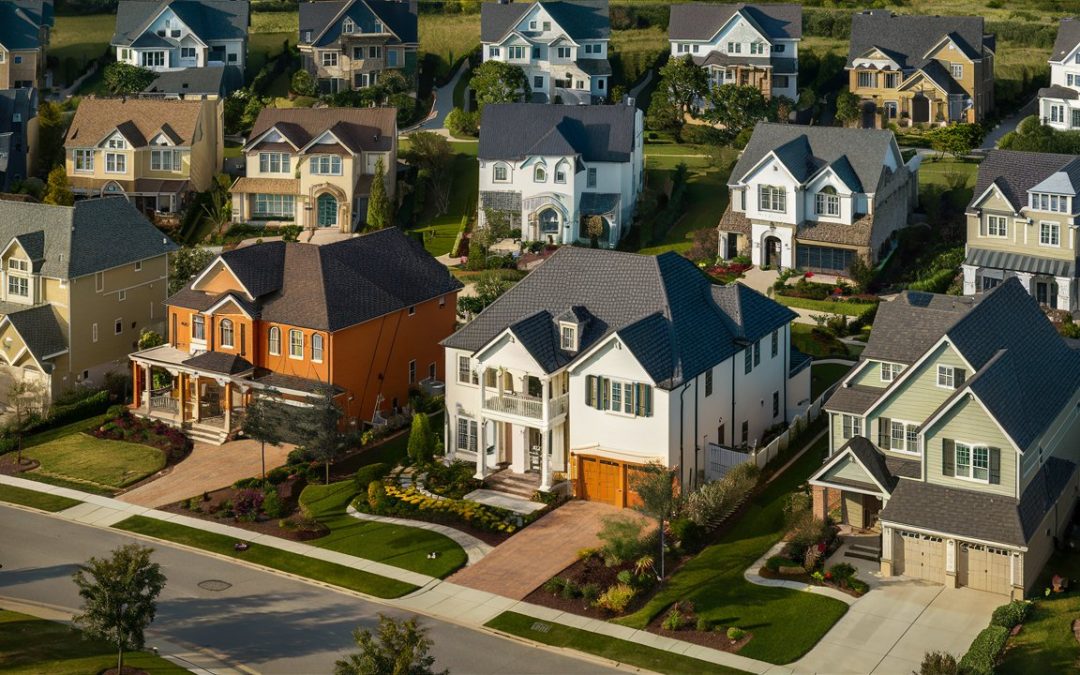
Home
Building a house is a complex and multifaceted project that requires careful planning, coordination, and execution. Understanding the steps in order when building a house from start to finish can help ensure a smoother and more efficient project. Here are the essential steps in building a house, from initial planning to the final touches.
Step 1: Planning and Preparation
Define Your Needs and Budget
The first steps to building a house involve determining your needs and establishing a budget. Consider the size, style, and features you want in your home. Create a realistic budget that includes all potential costs, such as land purchase, construction, permits, and unforeseen expenses.
Find and Purchase Land
Selecting the right piece of land is crucial. Research various locations, keeping in mind factors such as proximity to work, schools, and amenities. Once you find a suitable plot, negotiate the purchase and secure the necessary documentation.
Hire Professionals
Hiring the right professionals is vital to a successful home-building process. This team typically includes an architect, a contractor, and various specialists such as engineers and surveyors. They will guide you through the steps in building a house and ensure that everything meets local building codes and regulations.
Step 2: Designing Your Home
Create a Design
Work with an architect to create a detailed design of your home. This includes floor plans, elevations, and a site plan. The design should reflect your lifestyle, preferences, and budget.
Obtain Permits
Before construction can begin, you’ll need to obtain the necessary permits from local authorities. This can include building permits, zoning permits, and environmental permits. Your contractor or architect can help you navigate this process.
Step 3: Site Preparation
Clearing and Excavation
The house construction steps start with site preparation. This involves clearing the land of any trees, rocks, or debris and leveling the ground. Excavation is then done to create a foundation for your house.
Laying the Foundation
The foundation is the most critical part of the house. It can be a slab, crawl space, or basement foundation, depending on your design and location. This step includes pouring concrete, installing footings, and ensuring that everything is level and properly set.
Step 4: Framing
Constructing the Frame
Framing involves building the skeleton of the house. This includes the walls, floors, and roof structure. The frame provides the basic shape and support for the entire house.
Installing Windows and Doors
Once the frame is up, the next step is to install windows and doors. This helps to secure the structure and protect it from the elements, allowing interior work to proceed.
Step 5: Exterior Work
Roofing
Installing the roof is a critical step to protect the interior of the house from weather conditions. The type of roofing material can vary based on your design and budget.
Siding and Exterior Finishes
The exterior walls are then covered with siding, stucco, or other finishes. This step includes adding insulation and weatherproofing to ensure energy efficiency and durability.
Step 6: Interior Work
Rough-In Systems
During this phase, the essential systems such as plumbing, electrical, and HVAC (heating, ventilation, and air conditioning) are installed. These systems are crucial for the functionality of your home.
Insulation and Drywall
Insulation is added to the walls and attic to ensure energy efficiency. Once insulation is in place, drywall is installed to create the interior walls and ceilings.
Step 7: Finishing Touches
Interior Finishes
This step involves adding the final touches to the interior of the house. It includes painting, installing flooring, cabinetry, countertops, and fixtures. These finishes reflect your personal style and add to the comfort and aesthetics of your home.
Landscaping and Exterior Details
The final steps in building a house include landscaping the yard and adding any exterior details such as patios, decks, or driveways. This enhances the curb appeal and functionality of your home.
Step 8: Final Inspections and Move-In
Inspections
Before you can move in, your new home must pass a series of inspections to ensure it meets all building codes and safety standards. These inspections cover everything from the foundation to the final finishes.
Move-In
Once all inspections are complete and any final adjustments are made, you can move into your new home. This is the culmination of all your planning and hard work.
Conclusion
Building a house is a comprehensive process that requires careful planning, coordination, and execution. By understanding the steps in order when building a house, you can ensure a smoother and more efficient project. From initial planning and design to the final touches and move-in, each step is crucial to creating a comfortable and well-built home. Whether you’re embarking on this journey for the first time or looking to improve your understanding of how to start the home building process, following these steps will help you achieve your goal.
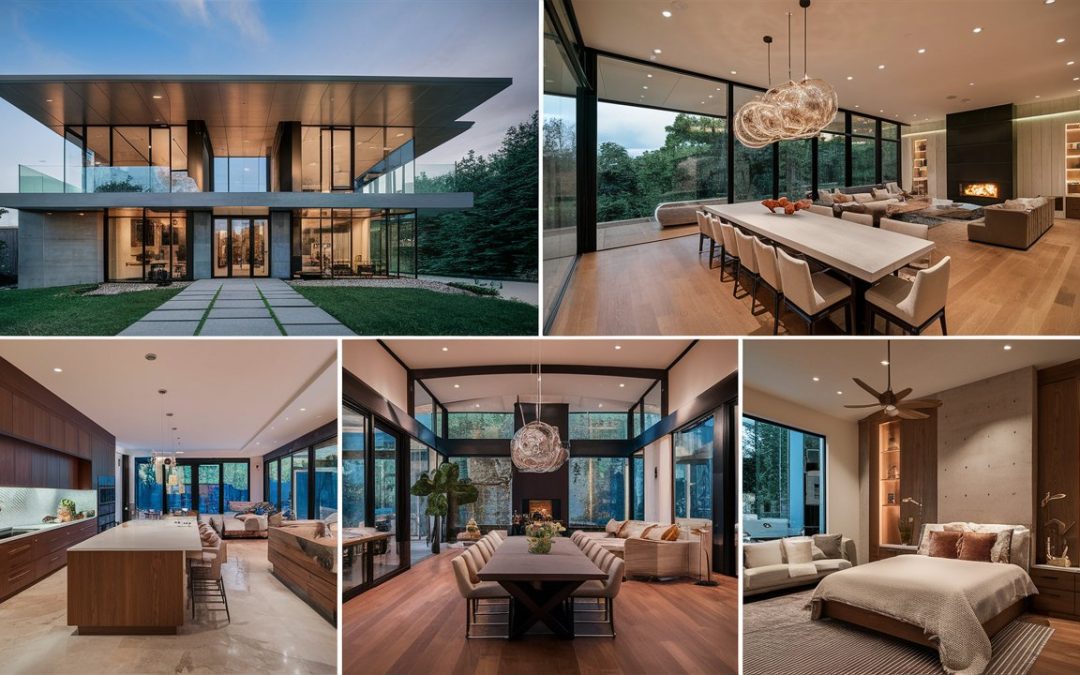
Home
Building a new home is an exciting journey, and choosing the right home builder is crucial for ensuring that your custom home becomes a reality. Local home builders offer unique advantages that can make the building process smoother and more satisfying. This blog will explore the key benefits of hiring a local home builder, the advantages of building a custom home, tips on choosing the right builder, and how to find the perfect match for your project.
Benefits of Building a Custom Home
Personalized Design
One of the main benefits of building a custom home is the ability to create a space tailored to your lifestyle and preferences. From the floor plan to the finishes, every detail can be customized to meet your needs and tastes.
Quality Materials
Custom home builders often use higher-quality materials compared to mass-produced homes. This ensures that your home is not only beautiful but also durable and built to last.
Energy Efficiency
Custom homes can be designed with energy efficiency in mind. You can choose eco-friendly materials and modern technologies that reduce energy consumption and lower your utility bills.
Unique Features
Building a custom home allows you to incorporate unique features that reflect your personality and style. Whether it’s a home theater, a gourmet kitchen, or a luxurious master suite, the possibilities are endless.
How Do I Find a Builder?
Research and Recommendations
Start by researching local builders in your area. Ask friends, family, and neighbors for recommendations. Online reviews and testimonials can also provide valuable insights into a builder’s reputation and quality of work.
Check Credentials
Ensure that the builder you are considering is licensed and insured. Check for memberships in professional associations, which can indicate a commitment to high standards and ongoing education in the industry.
Visit Model Homes
Many builders have model homes that you can visit. This gives you a chance to see their work firsthand and get a feel for the quality and style of their homes.
How to Choose a Custom Home Builder?
Define Your Needs
Before you start comparing builders, define your needs and budget. Knowing what you want in a home and how much you are willing to spend will help you narrow down your options.
Compare Home Builders
Create a shortlist of potential builders and compare their portfolios, pricing, and services. Look for builders who have experience with the type of home you want to build and who can work within your budget.
Interview Builders
Set up meetings with the builders on your shortlist. Ask about their experience, process, and timeline. Discuss your vision for your home and see if they are a good fit for your project.
Check References
Ask for references from past clients and follow up with them. Inquire about their experience working with the builder, the quality of the work, and whether the project was completed on time and within budget.
What Are the Benefits of Builders?
Expertise and Experience
Professional builders bring a wealth of expertise and experience to the table. They have the knowledge and skills to handle all aspects of the building process, from design to construction.
Project Management
Hiring a custom home builder means you have a project manager who will oversee the entire construction process. This includes coordinating with subcontractors, ensuring timelines are met, and managing the budget.
Quality Assurance
Builders are committed to delivering high-quality work. They have access to the best materials and subcontractors, and they adhere to strict building codes and standards.
Warranty and Support
Most builders offer warranties on their work, providing you with peace of mind. If any issues arise after you move in, your builder will be there to address them.
Conclusion
Choosing a top custom home builder can provide numerous benefits, from personalized design to quality assurance. By following the tips outlined in this blog, you can find the right builder for your project and ensure that your home becomes a reality. Whether you’re interested in the benefits of building a custom home or looking to compare home builders, taking the time to research and select the right builder is a crucial step in the home-building process.
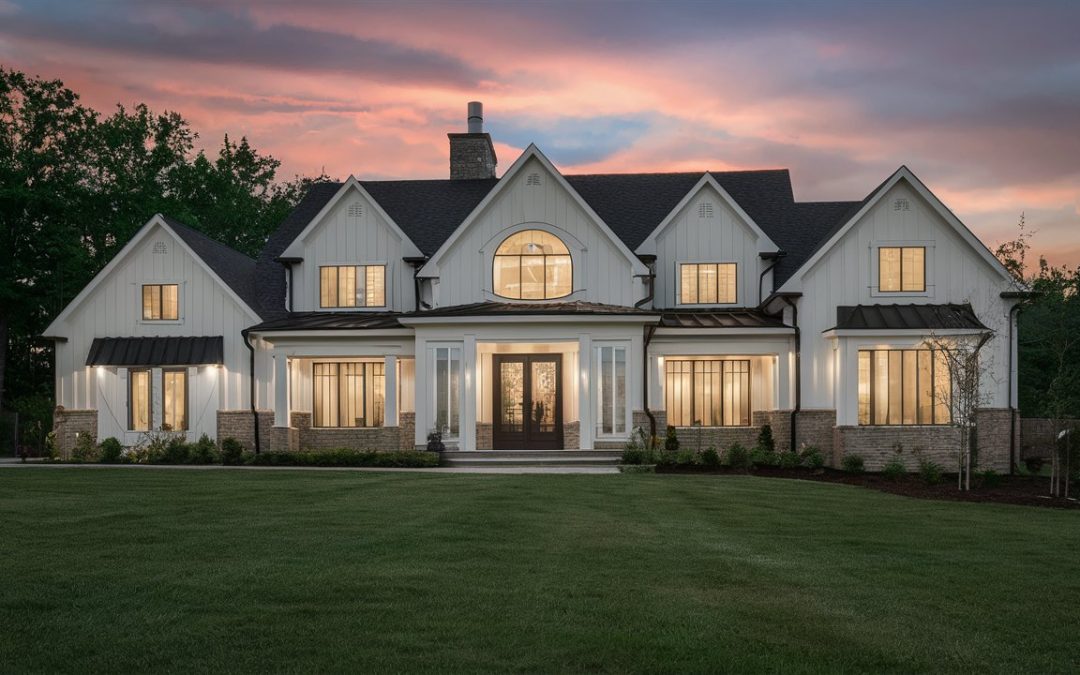
Home
Understanding Custom Home Building
Becoming a custom home builder is a rewarding career path that combines creativity, technical skills, and business acumen. This comprehensive guide will walk you through the essential steps to becoming a successful custom home builder, starting your own company, and designing and building custom homes on a budget.
What is a Custom Home?
A custom home is a one-of-a-kind house designed and built to meet the specific needs and preferences of an individual client. Unlike production homes, which are built in large numbers with standard plans, custom homes are unique and tailored to the client’s vision.
How to Become a Custom Home Builder?
Step 1: Gain Relevant Education and Experience
- Education: Pursue a degree in construction management, architecture, civil engineering, or a related field. This formal education provides a solid foundation in building principles, project management, and design.
- Hands-On Experience: Gain practical experience by working with established custom home builders or construction companies. Apprenticeships, internships, and entry-level positions will help you learn the trade and develop crucial skills.
Step 2: Obtain Necessary Licenses and Certifications
- Licensing: Check your state’s requirements for contractor licensing. This often involves passing an exam and meeting experience or education prerequisites.
- Certifications: Consider obtaining certifications from recognized industry organizations, such as the National Association of Home Builders (NAHB). Certifications can enhance your credibility and demonstrate your commitment to excellence.
Step 3: Develop Essential Skills
- Project Management: Learn how to manage projects from start to finish, including budgeting, scheduling, and coordinating with subcontractors and suppliers.
- Design and Planning: Acquire skills in home design and planning to understand architectural blueprints and create custom designs that meet client needs.
- Communication: Develop strong communication skills to effectively interact with clients, subcontractors, and suppliers.
How to Start a Custom Home Building Company?
Step 1: Create a Business Plan
A detailed business plan is crucial for starting your custom home building company. Include your business goals, target market, services offered, and financial projections.
Step 2: Register Your Business
- Business Name: Choose a unique and memorable name for your company.
- Legal Structure: Decide on your business structure (e.g., sole proprietorship, partnership, LLC) and register with the appropriate state authorities.
- Insurance: Obtain necessary insurance coverage, including general liability, workers’ compensation, and builder’s risk insurance.
Step 3: Build a Strong Network
- Suppliers and Subcontractors: Establish relationships with reliable suppliers and subcontractors to ensure high-quality materials and workmanship.
- Clients: Develop a marketing strategy to attract clients, such as creating a professional website, showcasing your portfolio, and leveraging social media.
How to Design a Custom Home?
Step 1: Understand Client Needs
Begin by thoroughly understanding your client’s needs, preferences, and budget. Conduct detailed consultations to gather information on their lifestyle, design preferences, and functional requirements.
Step 2: Collaborate with Architects and Designers
Work closely with architects and designers to create detailed blueprints and 3D models of the custom home. Ensure that the design aligns with the client’s vision and complies with local building codes.
Step 3: Integrate Sustainable and Innovative Features
Incorporate sustainable and innovative features into the home design, such as energy-efficient appliances, smart home technology, and eco-friendly building materials.
How to Build a Custom Home on a Budget?
Step 1: Create a Detailed Budget
Work with your client to establish a realistic budget for the project. Break down costs into categories such as materials, labor, permits, and contingencies.
Step 2: Prioritize Essential Features
Help your client prioritize essential features and allocate funds accordingly. Focus on high-impact areas such as kitchens, bathrooms, and structural elements.
Step 3: Source Cost-Effective Materials
Identify cost-effective materials that do not compromise on quality. Build relationships with suppliers to negotiate better prices and explore alternative options that meet budget constraints.
Step 4: Monitor Expenses Closely
Maintain strict control over project expenses by regularly monitoring costs and making adjustments as necessary. Keep detailed records and communicate transparently with your client about any budget changes.
Conclusion
Becoming a custom home builder requires a combination of education, experience, and a passion for creating unique living spaces. By following this step-by-step guide, you can build a successful career in custom home building, start your own company, and design and construct beautiful custom homes that meet your clients’ needs and budgets. With dedication and careful planning, you can turn your vision of building luxury homes into a reality.
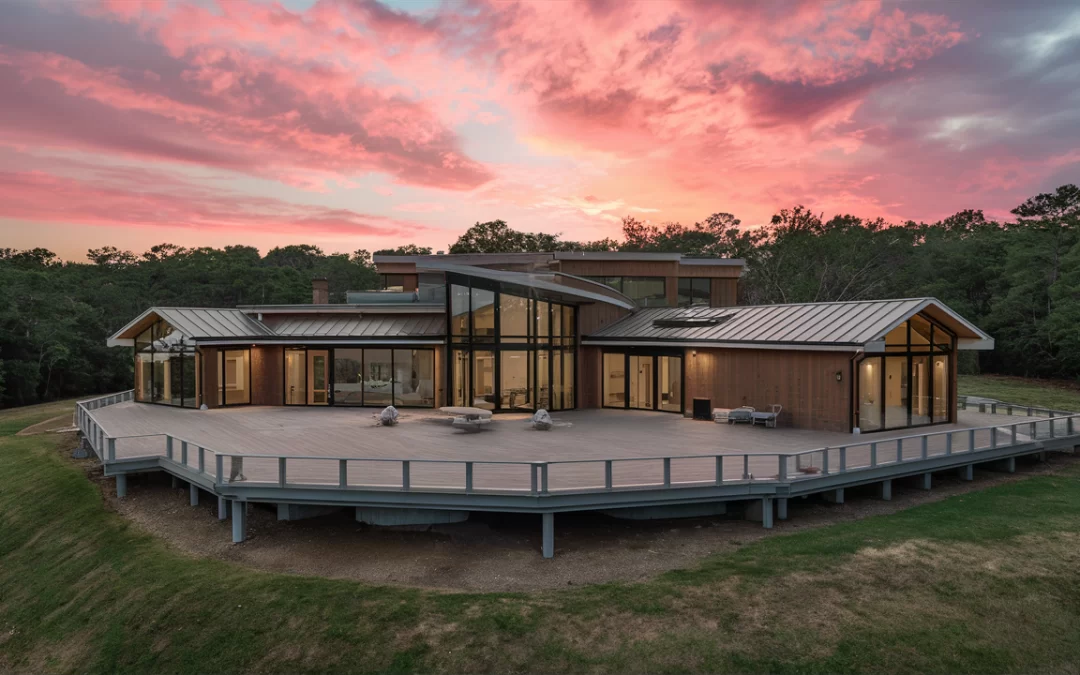
Home
Building a custom home is a dream for many, but how long does it take to turn that dream into reality? Let’s dive into the details and get a clearer picture of the timeline, so you know exactly what to expect when you build your custom home.
Typically, building a fully customized home from the ground up takes anywhere from 9 months to 2 years. This timeline reflects the detailed nature of crafting a true custom home, tailored specifically to a homeowner’s preferences and needs. For semi-custom homes, where modifications to existing plans are made, the construction might be expedited, potentially taking only 6-9 months. This faster timeline assumes optimal conditions including an experienced construction team and favorable circumstances. However, for a fully personalized home, planning for at least 10 months of construction is a prudent estimate.
What is a custom home, and why choose one?
First off, a custom home is exactly what it sounds like: a one-of-a-kind house designed to meet your specific wants and needs. Unlike production houses that are built en masse, custom homes are personal projects that reflect your style, preferences, and lifestyle. Choosing to design a custom home means you get to decide on everything from the layout to the materials and finishes, ensuring that when you finally turn the key, it feels unmistakably yours.
Planning and Pre-construction: It’s All in the Details
Before any construction starts, there’s a lot to figure out in the planning and pre-construction stages. This phase can stretch from just a few months to an entire year. How long it takes really depends on how fast you make decisions and the complexity of the design you have in mind. During this phase, you’l
Factors That Can Increase the Timeline:
l be working closely with your architect to bring your custom home to life, at least on paper for now.
It’s an exciting part of the process where you can see your ideas take shape in the designs and plans. You might spend time tweaking and adjusting, making sure everything is just right. This is your opportunity to explore different styles, layouts, and materials, ensuring that every detail aligns with your vision. Remember, good planning now can save a lot of time and effort during construction.
- Complex Designs: More intricate and unique home features require more detailed planning and potentially more specialized construction skills.
- Changes in Plans: Modifications to the design during the building process can significantly extend the timeline.
- Availability of Materials: Delays in material supply, whether due to market shortages or logistical issues, can push back construction schedules.
- Weather Conditions: Extreme weather can halt construction temporarily, especially in regions prone to heavy rains, snow, or hurricanes.
- Permit Delays: Sometimes, the approval process for building permits takes longer than anticipated, particularly in areas with strict regulations.
Permits and Paperwork: Navigating the Maze
Getting the necessary permits might not be the most exciting part of building a house, but it’s essential. The timeline for this step can vary widely—it might take a month, or it could drag on for several months, depending on your local government’s speed and the specifics of your project. This phase is about ensuring your dream home plans align with local laws and building codes. It involves a lot of paperwork and waiting. While it can feel slow and sometimes frustrating, this step is crucial for ensuring that everything in your home will be built to standard and approved by local authorities. Patience is key here; navigating this maze of permits is critical to making your custom home a reality.
How to Move Your Project Forward Faster:
- Streamlined Decision-Making: Be clear about what you want from the beginning and try to stick to your initial decisions to avoid delays from changes later on.
- Hire Experienced Professionals: Working with experienced architects, builders, and contractors who can foresee potential issues and handle them efficiently can speed up the process.
- Pre-emptive Planning for Materials: Order materials well in advance and consider alternatives that are readily available to avoid waiting periods.
- Regular Communication: Maintain open lines of communication with your team. Regular meetings can help keep everyone on track and address issues promptly.
- Prepare for Weather Delays: If you’re building in an area with known weather issues, plan your schedule with some buffer time to accommodate possible delays.
Construction: Laying the Foundation and Beyond
The construction phase of building a custom home is where your dreams begin to take physical shape, and it typically spans 10 to 16 months. However, the actual duration can vary significantly based on several factors including the complexity of your design, the whims of the weather, and the availability of both materials and skilled labor. During this time, your custom home builder is in their element, diligently working to transform detailed blueprints into a sturdy, inhabitable structure.
The construction kicks off with laying the foundation, a critical step that sets the stage for everything that follows. After the foundation, the structure starts to rise with the framing stage, where walls and roofs are shaped. This skeleton forms the basic outline of your home. Following framing, the roofing is installed to protect the interior from the elements, signaling that the house is ready for the more intricate internal work.
Next, the installation of electrical and plumbing systems begins, which are vital for making the house functional. Windows and insulation are added around this time, sealing off the external environment and enhancing energy efficiency. The house now starts looking more like a home, setting the stage for interior and exterior finishes that will define its aesthetics.
Finishing Touches: The Devil is in the Details
As the bulk of construction wraps up, attention turns to the interior finishes—the details that will transform the structure into a cozy, inviting home. This phase is where your personal taste comes to the forefront, from selecting the perfect kitchen cabinets and countertops to choosing the ideal flooring and wall colors. It’s not just about beauty; these choices also need to be functional and durable, balancing aesthetics with practicality.
Whether you’re working to build a custom home on a budget or have the leeway to indulge in more luxurious finishes, this stage is your opportunity to tailor every aspect to your liking. Lighting fixtures, bathroom fittings, paint finishes, and even the smallest of hardware are selected to complement the overall design theme. This meticulous process ensures that each room reflects your desired ambiance and functionality.
Final Walkthrough and Handover: The Moment of Truth
Once all construction and finishing work is completed, the moment you’ve been waiting for finally arrives—the final walkthrough. This is your first opportunity to inspect the craftsmanship, the finishes, and the operational aspects of your new home. It’s a critical step to ensure that everything meets your expectations and is functioning as intended. Any discrepancies or issues can be addressed before the official handover.
During this walkthrough, look at every detail with a critical eye, from the way doors close to the finish on the kitchen counters. This is also the time to ask questions about anything from warranty details to maintenance tips. Once everything checks out, you’ll receive the keys to your new custom home. Now, it’s time to move in, decorate, and start enjoying the space crafted specifically for you. This transition marks the end of a long journey but the beginning of a new chapter in a space that’s uniquely yours.
Wrapping Up
So, how long does it take to build a custom home? While the timeline varies, you can generally expect the process to take anywhere from a year to two years from conception to completion. Remember, building a custom home is not just about constructing a house, but about creating a personal haven tailored to your unique needs and dreams.





